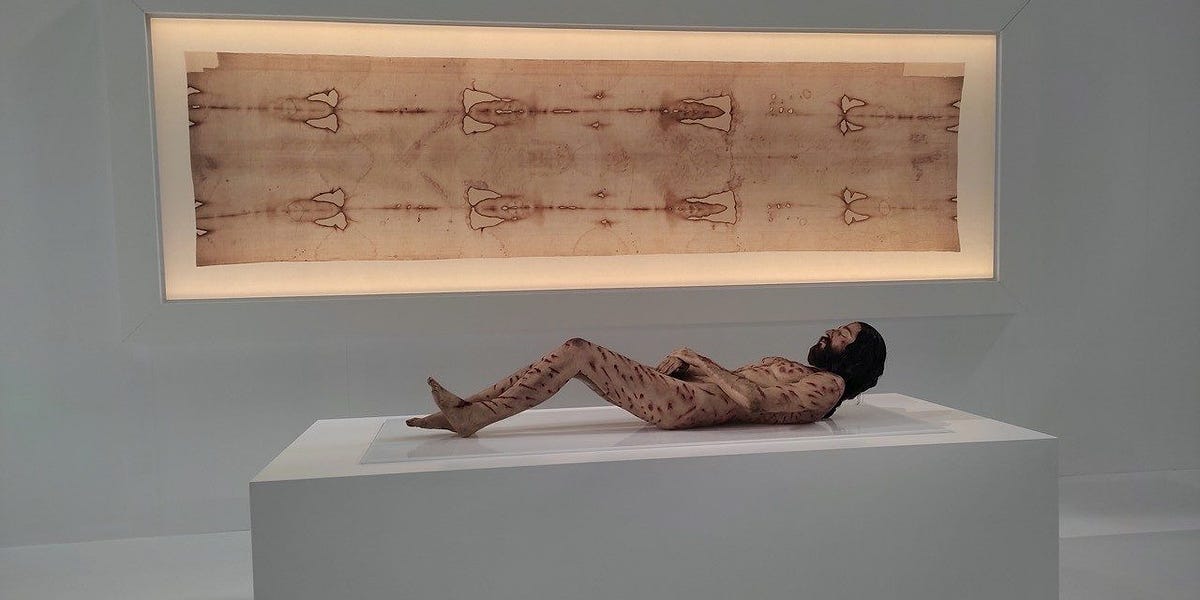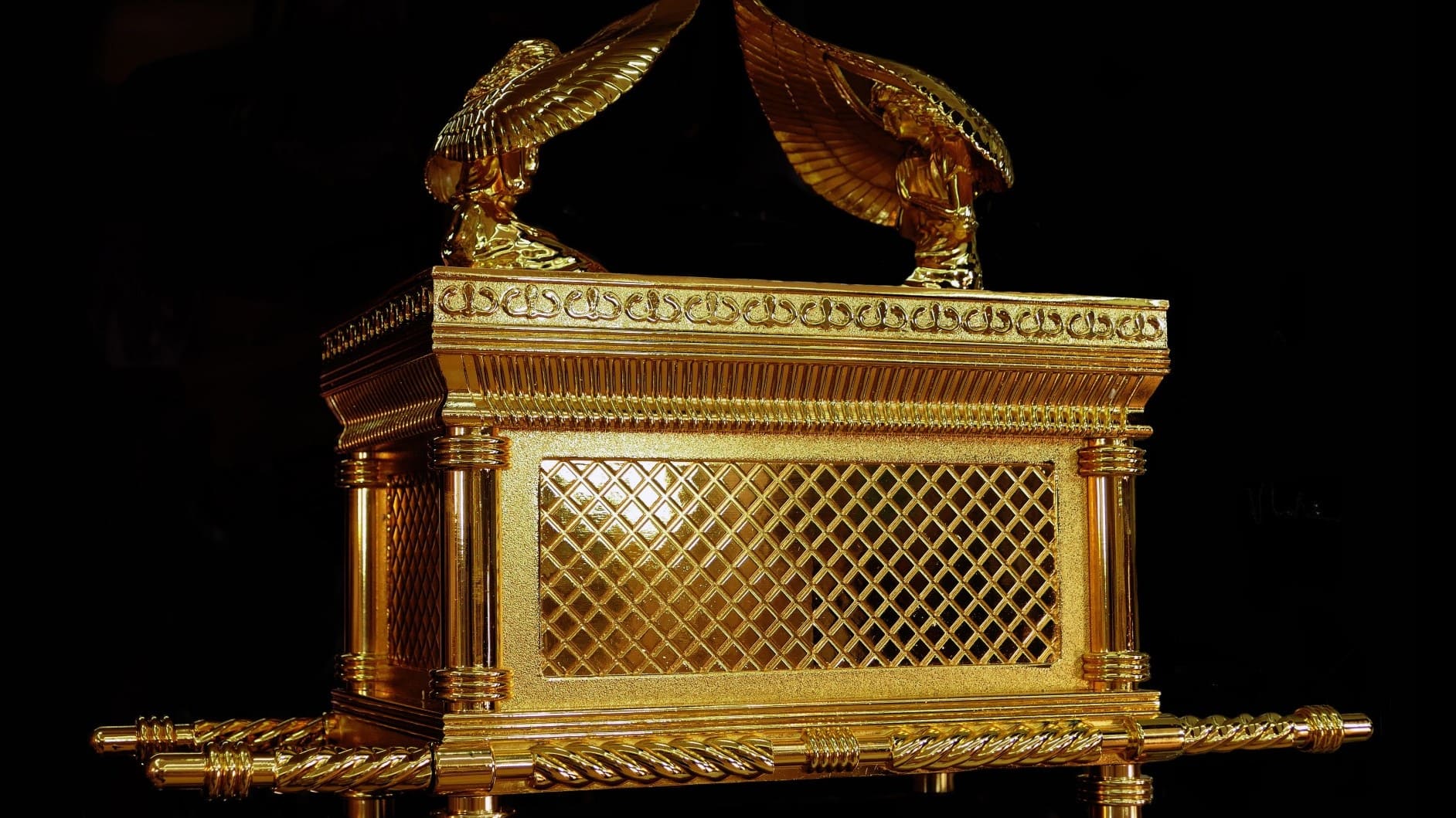
Is the Shroud of Turin real or fake? This question has puzzled scientists, historians, and believers for centuries. The Shroud of Turin, a linen cloth bearing the image of a man, is believed by many to be the burial shroud of Jesus Christ. Others argue it’s a medieval hoax. Radiocarbon dating tests in 1988 suggested the fabric dated back to the Middle Ages, but critics claim the samples were contaminated. Pollen analysis and image analysis have added layers of complexity to the debate. Whether a genuine relic or an elaborate forgery, the Shroud of Turin continues to captivate minds and spark heated discussions.
What is the Shroud of Turin?
The Shroud of Turin is a centuries-old linen cloth that bears the image of a man. Many believe this man to be Jesus of Nazareth. The shroud has been a subject of fascination, debate, and research for many years.
- The Shroud of Turin measures approximately 14 feet long and 3.5 feet wide.
- The image on the shroud is faint and appears to be a negative image, meaning the light and dark areas are reversed.
- The shroud is kept in the Cathedral of Saint John the Baptist in Turin, Italy.
- The first documented reference to the shroud dates back to the 14th century.
Historical Significance
The shroud's history is filled with intrigue and mystery. Its journey through time has left many questions unanswered.
- Some believe the shroud was brought to Europe during the Crusades.
- In 1578, the shroud was moved to Turin by the House of Savoy.
- The shroud has survived several fires, including a major one in 1532.
- In 1983, the shroud was given to the Vatican by the House of Savoy.
Scientific Analysis
Scientists have conducted numerous tests on the shroud to determine its age and origin. These tests have produced varying results.
- In 1988, radiocarbon dating suggested the shroud was from the Middle Ages, between 1260 and 1390.
- Some researchers argue that the 1988 tests were flawed due to contamination.
- Pollen analysis on the shroud indicates it may have originated in the Middle East.
- Bloodstains on the shroud have been identified as type AB, a rare blood type.
Religious Significance
For many, the shroud holds deep religious meaning. It is often seen as a tangible connection to Jesus Christ.
- The shroud is believed by some to be the burial cloth of Jesus.
- The image on the shroud is thought to be a miraculous imprint of Jesus' body.
- The Catholic Church has not officially declared the shroud to be authentic but allows veneration.
- The shroud is displayed to the public only on special occasions.
Controversies and Debates
The authenticity of the shroud has been a topic of heated debate among scholars, scientists, and theologians.
- Some believe the shroud is a medieval forgery created to attract pilgrims.
- Others argue that the shroud's image could not have been created by any known medieval technique.
- Theories about the shroud's creation range from natural chemical reactions to divine intervention.
- The shroud has been the subject of numerous documentaries, books, and articles.
Modern Research and Discoveries
Advancements in technology have allowed for new research and discoveries about the shroud.
- In 2002, a restoration project was undertaken to preserve the shroud.
- Modern imaging techniques have revealed previously unseen details on the shroud.
- Some researchers are using 3D modeling to study the shroud's image in greater detail.
- The shroud continues to be a focus of scientific and religious studies.
Cultural Impact
The Shroud of Turin has left a lasting impact on culture, inspiring art, literature, and even movies.
- The shroud has been depicted in numerous works of art, including paintings and sculptures.
The Mystery Lives On
The Shroud of Turin continues to baffle scientists, historians, and believers alike. Despite numerous studies and tests, its origins remain a hot topic of debate. Some see it as a miraculous relic, while others view it as an elaborate medieval hoax. Regardless of where you stand, the shroud undeniably sparks curiosity and wonder.
Its detailed image, the historical context, and the ongoing research keep the conversation alive. Whether you're a skeptic or a believer, the shroud invites you to explore the intersection of faith, science, and history.
In the end, the Shroud of Turin is more than just a piece of cloth. It's a symbol of enduring mystery that challenges us to question, investigate, and reflect. The enigma of the shroud lives on, captivating minds and hearts around the world.
Was this page helpful?
Our commitment to delivering trustworthy and engaging content is at the heart of what we do. Each fact on our site is contributed by real users like you, bringing a wealth of diverse insights and information. To ensure the highest standards of accuracy and reliability, our dedicated editors meticulously review each submission. This process guarantees that the facts we share are not only fascinating but also credible. Trust in our commitment to quality and authenticity as you explore and learn with us.


